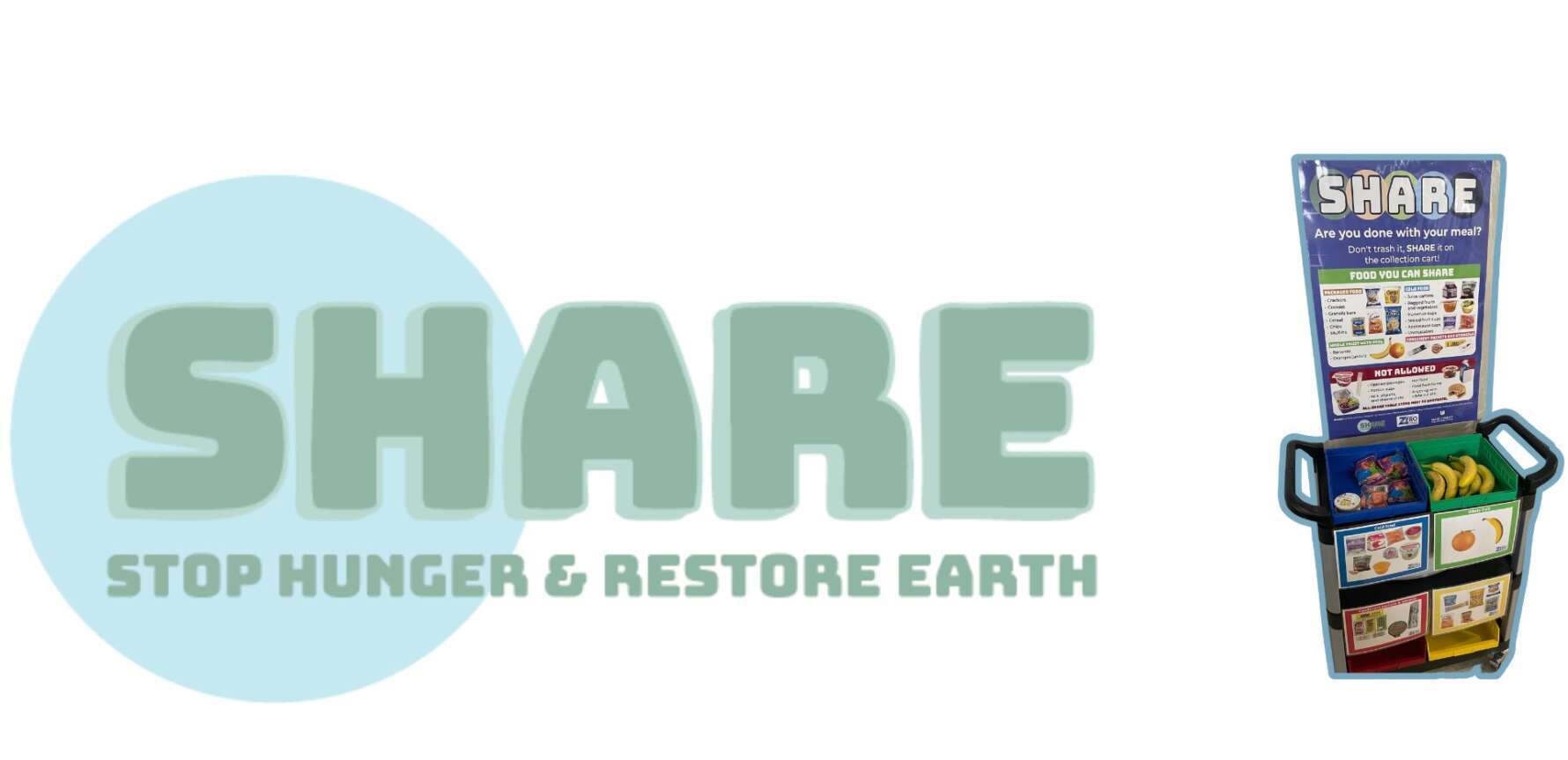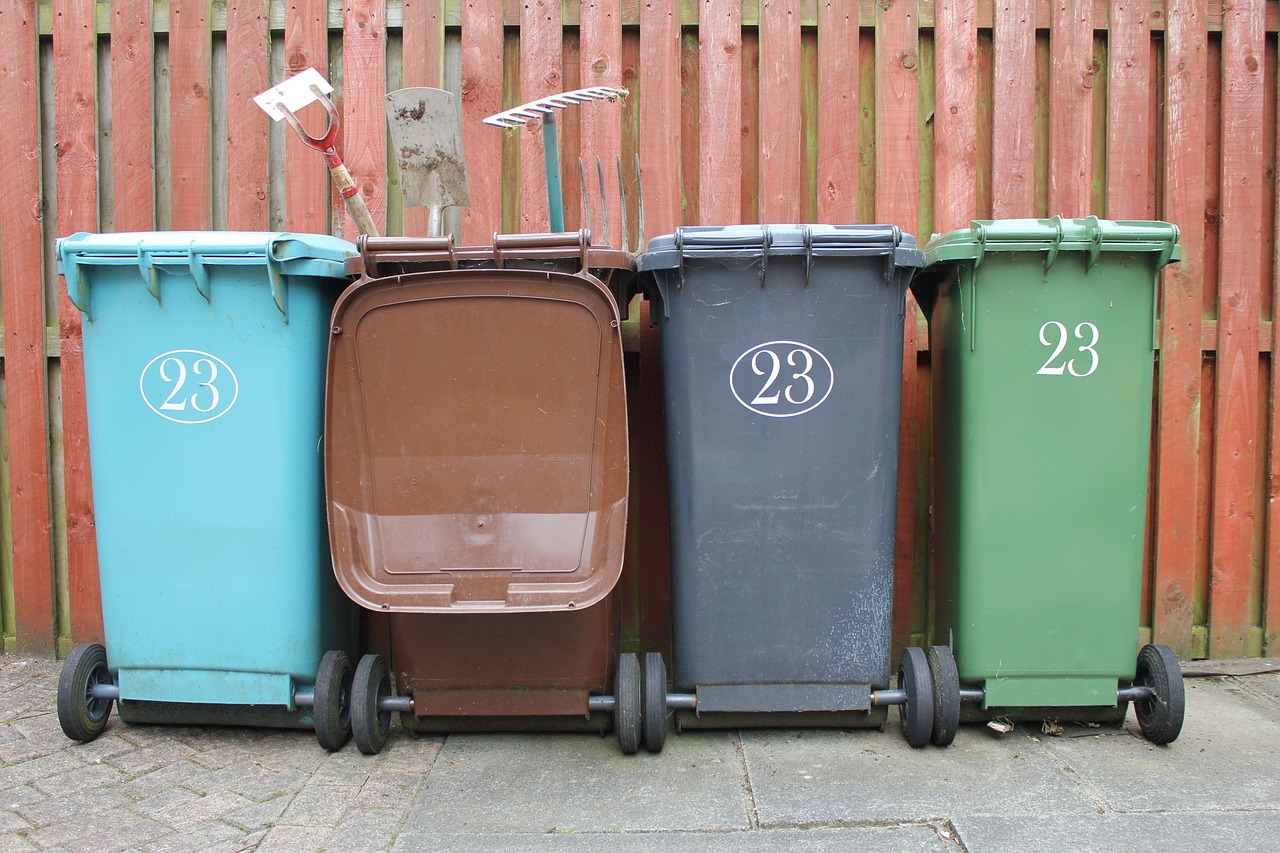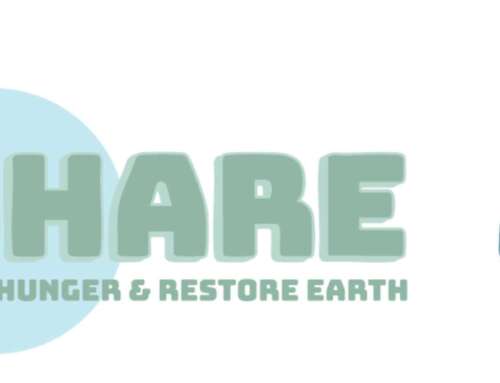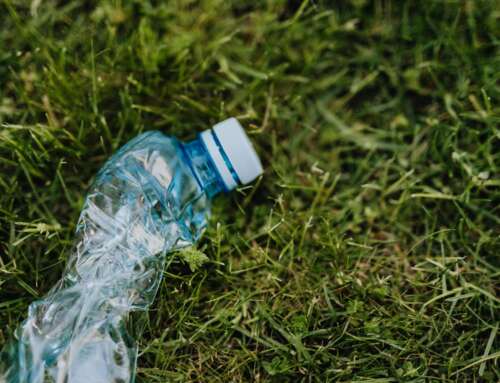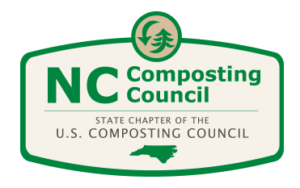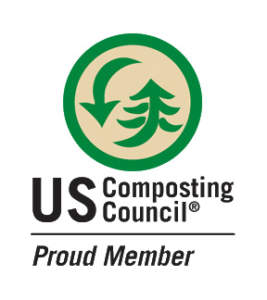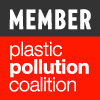Carbon Offsetting: In a Nutshell
Carbon Offsetting: In a Nutshell
Written By
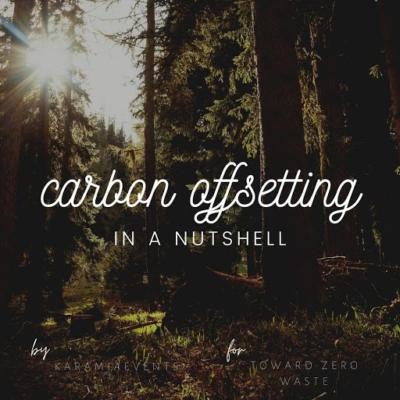 A few years ago, just at the brink of my eco-journey, I came home and found that my mom had left a book on my bed: Living Like Ed: A Guide to the Eco-Friendly Life by Ed Begley Jr. It complimented the actor’s 2007 reality TV series on HGTV, “Living With Ed”, which documented all of the ways he and his family lived unlike most others in Hollywood, opting to live a modest and eco-friendly lifestyle in the heart of Los Angeles. Ed’s book is a good overview of how to live a more eco-conscious lifestyle, but the biggest piece I took away from this book, was surprisingly the section about carbon offsetting. At that point, I was already aware of most of the things he talked about in his book, but carbon offsetting was something I had never heard of. Since reading this book, I’ve learned that the concept of carbon offsetting isn’t quite as simple as he made it seem.
A few years ago, just at the brink of my eco-journey, I came home and found that my mom had left a book on my bed: Living Like Ed: A Guide to the Eco-Friendly Life by Ed Begley Jr. It complimented the actor’s 2007 reality TV series on HGTV, “Living With Ed”, which documented all of the ways he and his family lived unlike most others in Hollywood, opting to live a modest and eco-friendly lifestyle in the heart of Los Angeles. Ed’s book is a good overview of how to live a more eco-conscious lifestyle, but the biggest piece I took away from this book, was surprisingly the section about carbon offsetting. At that point, I was already aware of most of the things he talked about in his book, but carbon offsetting was something I had never heard of. Since reading this book, I’ve learned that the concept of carbon offsetting isn’t quite as simple as he made it seem.
So what is carbon offsetting? Basically, it’s supporting projects that are working to reduce carbon emissions into the atmosphere in an effort to help balance out your own carbon emissions. I like to say it’s kind of like planting trees because you drive a gas-powered car. Many call carbon offsetting a “bandage solution”, since you’re still putting carbon into the atmosphere, and while I agree that the concept is imperfect, bandages still help protect wounds so that they can start to heal.
For those of us who struggle to reduce our emissions in certain ways, it is helpful to know that we can still vote with our dollars in another way. I am no exception: my husband and I live in an apartment and cannot choose where our electricity is sourced from, we will be driving our gas-powered cars *hopefully* until they reach their end, and because we live far from our families, for shorter trips we often have to choose between spending less time with them so we can drive, or fly and make the most of the few days we may have. By supporting projects that are reducing emissions, you are increasing the demand for these projects in our world. If every time I book a flight, I contribute a few dollars to one of these projects, hopefully in the near enough future there will be a greener alternative to flying that can get me to New York just as quickly!
So how do we know that projects are legitimate, and that they’re actually reducing emissions the way that they say they are? This is one of the reasons carbon offsetting leaves many people skeptical of the whole thing, and is why it is so important to do research. Personally, I think the best way is to choose companies that are used or recommended by experts or well-known organizations, in addition to doing research on your own. For years, I had been offsetting through TerraPass, the company recommended by Ed Begley Jr. in his book, and even suggested it and linked to it on my wedding website and registry. The Sierra Club, however, recommends a company called NativeEnergy on their website, as they like the transparency and the projects supported by the company. Another company, called Cool Effect, was born out of the need for more transparency amongst carbon offset providers. Kaméa Chayne of the Green Dreamer Podcast interviewed Cool Effect’s CEO Marisa de Belloy in episode #65, where de Belloy explains how Cool Effect researches carbon offsetting projects around the world and verifies the projects and the science behind their offsetting capability before adding them to their website.
Something that I like about Native Energy and Cool Effect is that you have the ability to choose which specific project you would like your funding to support. Additionally, I find it helpful to be able to calculate travel offsets, such as a round trip flight. NativeEnergy and TerraPass both have features to help you calculate the carbon output not only of travel, but also of events (such as a wedding). Carbon offsets are also a good option for businesses looking to mitigate their emissions.
Ultimately, while it is true that carbon offsetting is not a cure or perfect solution to our emissions problem, I do see it as a positive way to build the kind of world and create the change that we want to see.There are many companies that provide carbon offsetting, so it is important to look into the company, its projects, and its credibility before choosing one. Below, I’ve linked to a few helpful resources in learning more about carbon offsetting, and I hope you find them helpful on your journey toward zero waste!
Helpful Resources:



